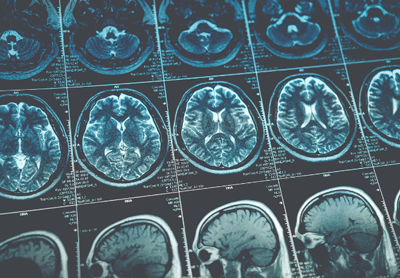The nation’s first African-American Neuroscience Research Initiative, aimed at ensuring that genomic research and neuroscience studies are representative of individuals across all populations including African ancestry, was launched on Monday, March 18, 2019.
This new enterprise partners the African-American Clergy Medical Research Initiative, comprised of prominent clergy leaders of the Minister’s Conference of Baltimore, with the Lieber Institute for Brain Development, an independent, not-for-profit medical research institute working to develop new treatments for brain disorders, according to a news release.
The African-American Neuroscience Research Initiative aims to establish a road map to help close the gap in health disparities and accelerate research efforts that will lead to new treatments for brain disorders.
Research has long been hampered by a lack of diversity in basic science and in clinical trials, particularly in the field of neuroscience, officials noted in the release.
For example, 81 percent of large-scale genomic datasets are of European descent, even though this group makes up less than 16 percent of the world population, according to officials from the enterprise partner.
What science has now revealed is there are genetic differences among races and ethnicity.
Genomic research has the potential to provide some of the most personalized and effective medical treatments for many medical disorders, including: heart disease, stroke, asthma, diabetes, Alzheimer’s disease and schizophrenia. However, minority groups are inadequately represented in these large-scale genomic studies.
“My clergy colleagues and I have been studying the emerging science behind precision medicine and believe that this technology has potential for finding cures and treatments for diseases that uniquely affect African Americans,” said the Rev. Dr. Alvin C. Hathaway, Sr., Principal of the African-American Clergy Medical Research Initiative, a nonprofit focused on ensuring that individuals of African descent are equitably represented in medical research. “This revolution in medicine has largely left behind ethnic minority groups like African Americans, and it is time to change this.”
In neuroscience research studies of brain disorders, underrepresented minority groups, including African Americans, make up less than five percent of research cohorts, Hathaway’s group said.
“So far, personalized medicine has not really been for everyone,” said Dr. Daniel R. Weinberger, the director and CEO of the nonprofit Lieber Institute for Brain Development. “Through this initiative we hope to build data sets about the brain that can be used by researchers globally, with the ultimate goal to develop new treatments for people of African ancestry.”
Lieber officials say the institute has built the largest, most carefully curated collection of human brains anywhere in the world devoted to understanding brain development and mental illness.
Research shows that African Americans are 20 percent more likely to experience serious mental health problems than the general population and twice as likely to develop Alzheimer’s disease, according to the Lieber Institute. And suicide rates for African-American children under the age of 13 are twice as high as children of European ancestry and African-American infant death rates and premature birth rates also are twice that of European ancestry Americans.
The African-American Neuroscience Research Initiative is working to partner with the state of Maryland to catalyze a national effort ensuring that African Americans are not left behind.
“The potential knowledge gained through this research will help not just individuals of African ancestry, but will also help all people,” Weinberger said. “It’s by studying the most complex representatives of genetic diversity in the context of the human brain that we will ultimately understand how to customize therapy and maximize the effectiveness of treatments.”
